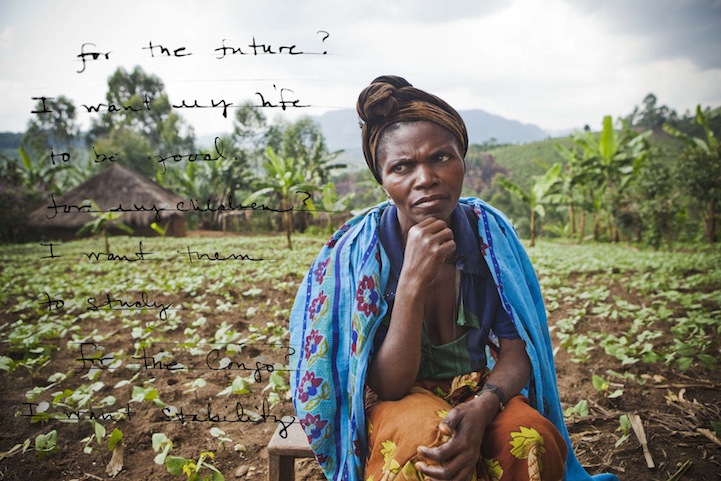The following article is reblogged from Paul Ronan and our partners at The Resolve. Since its founding in 2007, The Resolve LRA Crisis Initiative has worked to end violent atrocities perpetrated by the LRA and to support the sustainable recovery of communities in East and central Africa affected by LRA abuses.
Ronan’s recent article about MONUSCO troops (UN peacekeeping mission) in Democratic Republic of Congo shines light on an important issue: nine years since MONUSCO’s first arrival in the LRA affected area, a majority of citizens in the area still do no feel safe. Read on for more findings from The Resolve and SAIPED.
//
“MONUSCO should heal their image amongst the population, because the way they currently work, the population does not see the impact of their interventions. No protection, no collaboration, no dialogue, especially because MONUSCO does not include the community in all activities that concern them.”
– Congolese civilian in LRA-affected community, January 2014
In December 2013 a team from the Congolese civil society group SAIPED travelled to several remote towns in Haut-Uele district, where the LRA has been active since 2005, to conduct a survey of local perceptions of the UN peacekeeping mission in Congo (MONUSCO). Over the course of several weeks, they consulted with over 347 Congolese civilians about a range of topics, including the threat posed by LRA violence and what MONUSCO is doing to protect civilians from LRA attacks and encourage defections from the rebel group.
The results were sobering. Nine years after the LRA first moved into northeastern Congo, a majority of respondents said that the LRA continued to pose a threat to them and that they didn’t feel safe traveling outside of their community. A majority also said that MONUSCO did not respond quickly to LRA attacks or provide much protection to them from the rebel group. Even more respondents said that MONUSCO did not share information with community members or consult with them on how to best protect civilians from LRA attacks. Many community members expressed a high degree of frustration at the mission’s shortcomings and the continued insecurity that limits their livelihoods and remains a constant source of fear.

Though sobering, the results were not surprising. Congolese and international civil society leaders have advocated for MONUSCO to improve its lackluster civilian protection efforts in LRA-affected areas for years. Most recently, 58 groups signed a letter to senior MONUSCO officials in March that contained detailed recommendations for improving its civilian protection, DDRRR, and community relations work in LRA-affected areas.
There have been some signs that MONUSCO is listening. In April, the mission’s force commander, Lt. General Carlos Alberto dos Santos Cruz, visited LRA-affected areas for the first time, reportedly pushing MONUSCO troops to be more active in responding to LRA violence. Strong leadership from such senior figures is important, but this needs to be complemented by a thorough internal review of the mission’s work in LRA-affected areas that leads to practical improvements in civilian protection, encouraging LRA defections, and consultations with community members. Doing so would go a long ways towards healing MONUSCO’s image amongst Congolese civilians living in fear of LRA attacks.
The full version of the report is in English, while the Executive Summary and maps can be found in both English and French. You can read more about the methodology of the survey at any of those links.
And of course, we’d like to give a special thank you to Fr. Ernest Sugule and the brave SAIPED team who conducted the survey, provided their own valuable insight, and helped write the report. Learn more about their great work to protect civilians from LRA violence and help affected communities recover here. Finally, many thanks to the one-and-only Margaux Fitoussi for her invaluable work to analyze the survey results and write up the findings.
//
Think people should hear about this?